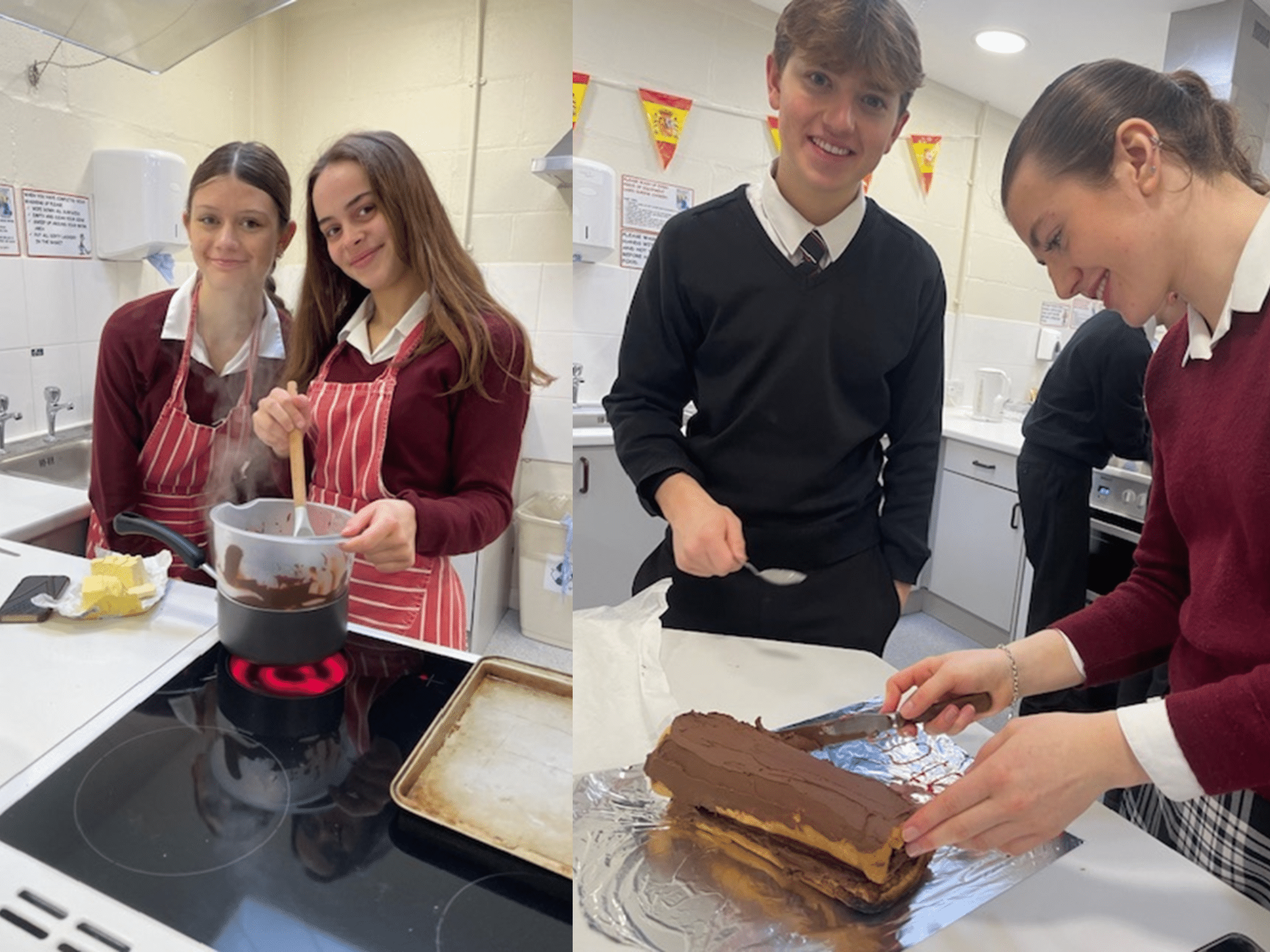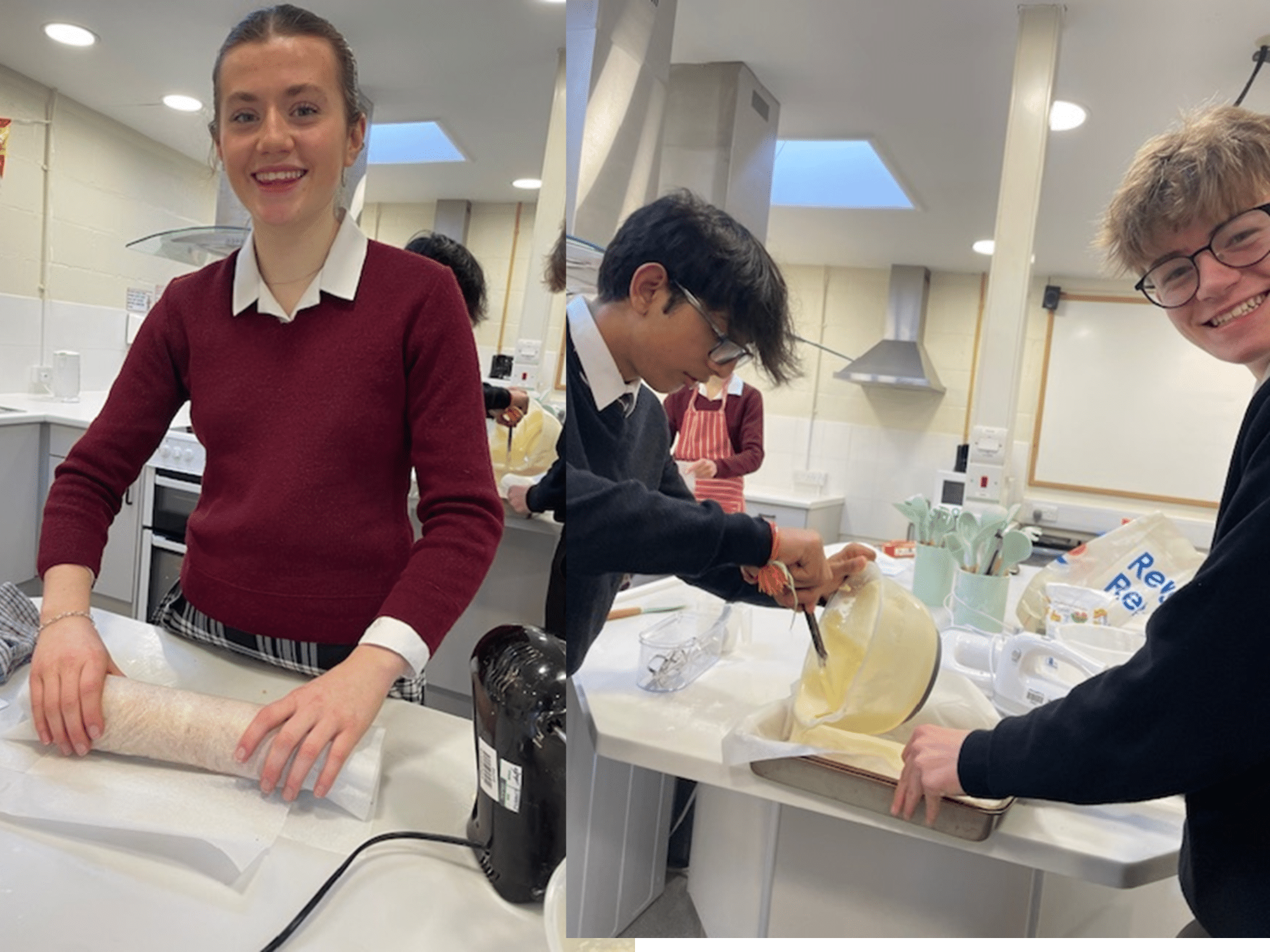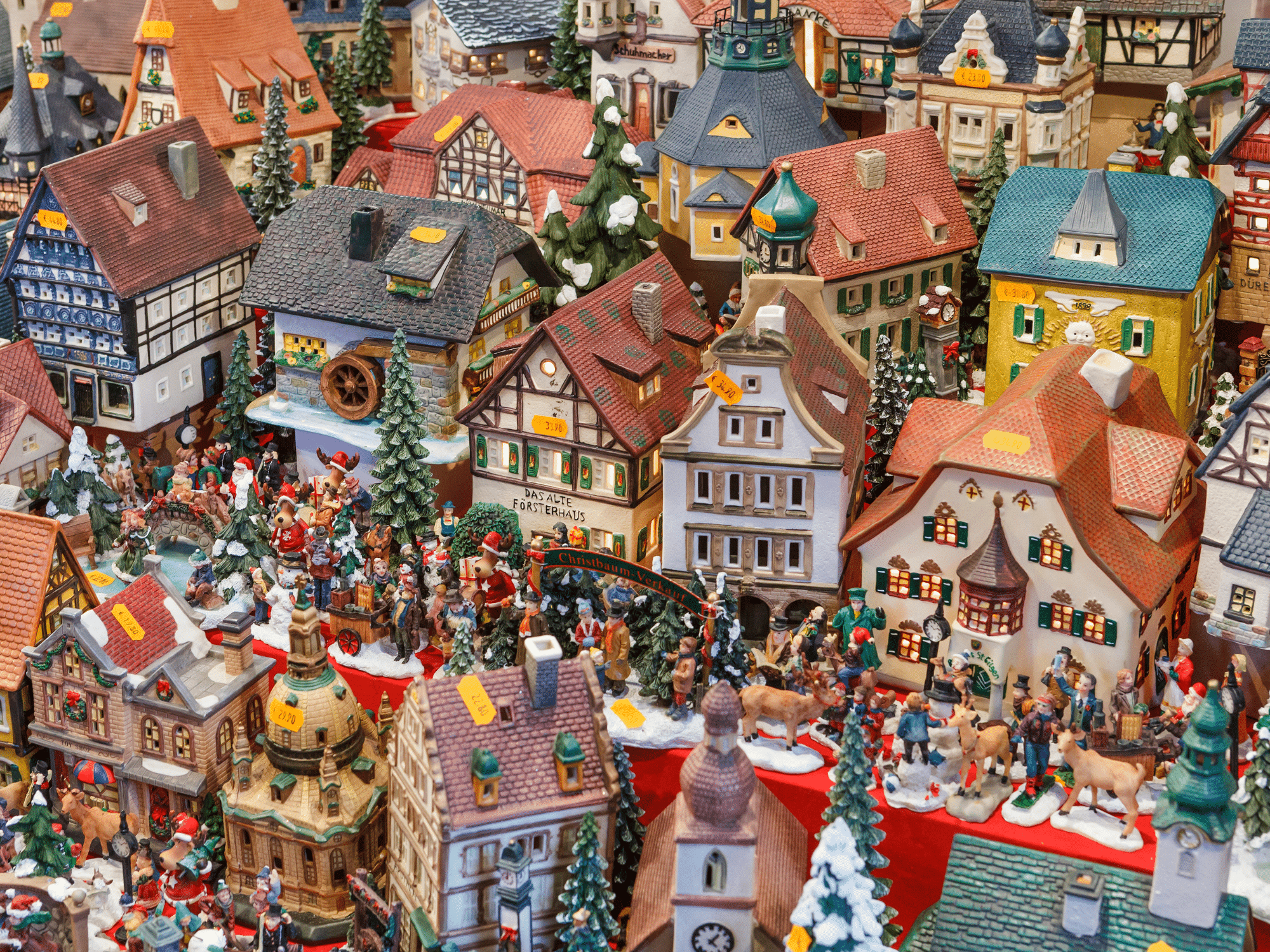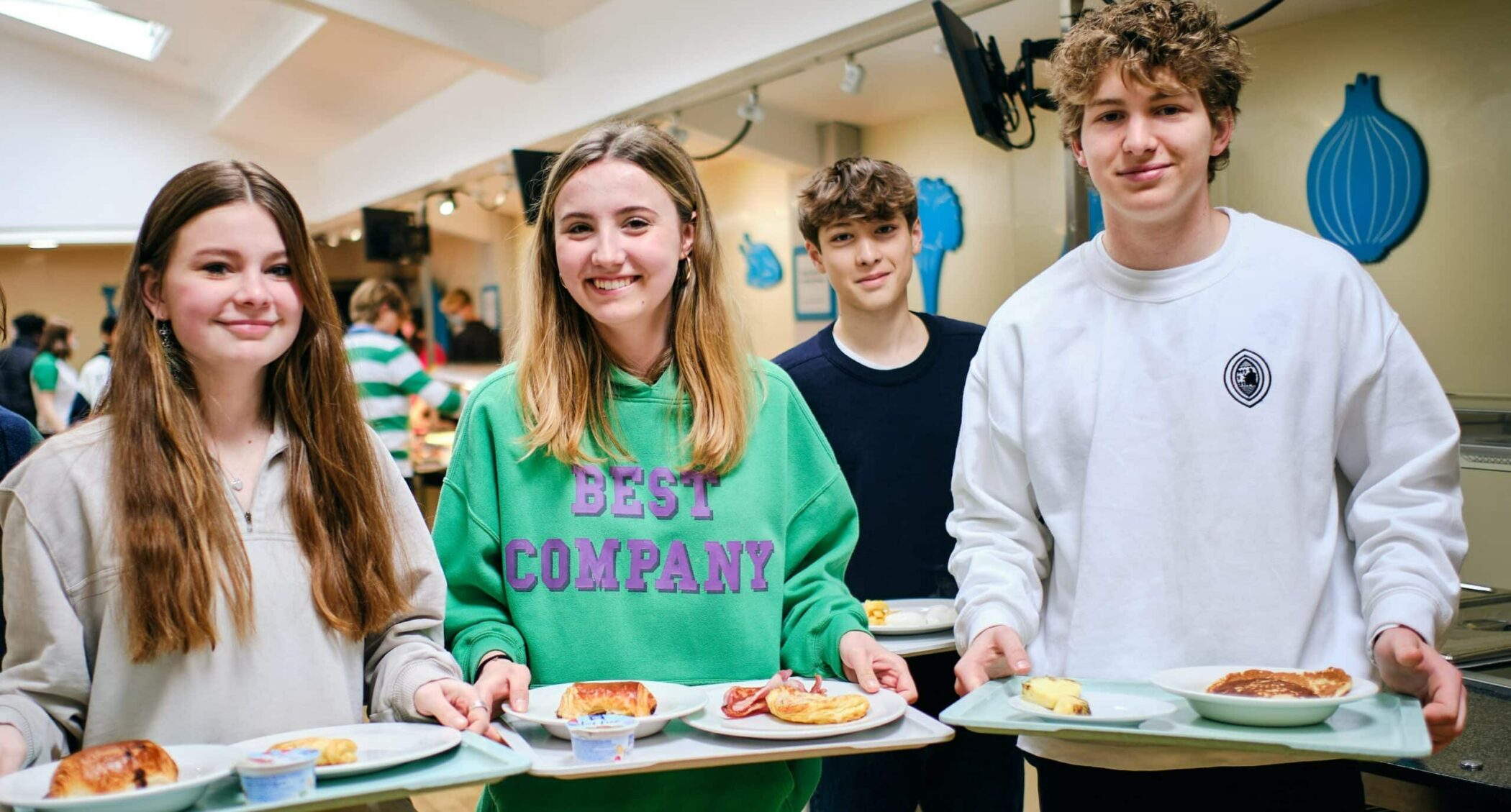What are your Festive Traditions?
Here at Oakham School, we take massive pride in the 38 nationalities that make up our School community. In celebration of this, we asked some of our international staff to share their festive traditions.
Jessica Kutscher – German Language Assistant
In Germany, there is a tradition of having a Christmas tree and advent wreaths, although my family is a bit lazy in that matter. But we do decorate with some pieces of Erzgebirgische Schnitzkunst (woodcarving art from the Erzgebirge, a mountain region in the south of Sachsen). We have a Pyramide (pyramid – when the candles are lit, the warmth makes the pyramid spin) and some Räuchermännchen (little figurines of something smoking, usually a person, but can also be an oven, in which you can put a more compact version of an incense stick, so the smoke comes out and the smell spreads in the room – there are many different smells). In Germany, there are also many Christmas markets. Every large town has one and in my city of Dresden, there are 11 of them! Some Christmas markets have live music, especially the mediaeval-themed ones.
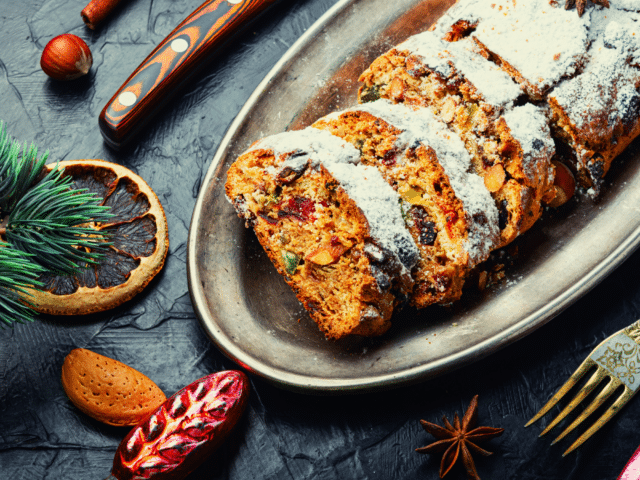
We spend Christmas Eve, the 24th, with our closest family members. In the afternoon, we have coffee, self-baked Plätzchen (Christmas biscuits) and some Christstollen (like a loaf of white bread, but with more butter in the dough and traditionally raisins and nuts, and covered in powdered sugar to look like a baby wrapped in sheets to symbolise the birth of Jesus) – and the ones made in Dresden are particularly famous. Then, the children have to say a poem or sing or play a song to get presents – something I still have to do today. I usually play some Christmas songs on my French horn and on the bagpipes for 20-30 minutes. Then we open the presents. For dinner, it is traditional to have potato salad with Vienna sausages. In my family, we add herring to the potato salad, and we also have a family recipe of putting sliced herring with onion slices and spices in oil, prepared a day before, and eating that with slices of baguette. Afterwards, we either watch a film or a concert or ballet on TV. Some families prefer games. And we also cook and press the potatoes needed for the big feast the next day.
On the 25th, it is traditional to have a Gänsebraten mit Rotkraut und Klöβen (Christmas goose with red cabbage and potato dumplings). The goose takes about four hours in the oven, so the preparation takes all morning. Afterwards, the fat that was cooked out of the goose in the process is melted again, mixed with pork lard, separated from the rest of the sauce and filled in jars to be eaten on bread with salt and sometimes pickles over the course of the year. Over the holidays, we visit different members of our family.
In the more mediaeval tradition, the 12 nights between Christmas Eve and the 6th January, so-called Rauhnächte (Holy Nights), are believed to be harbouring evil spirits in the dark, which is why they used to burn incense to protect their homes. Also, the weather in the nights is supposed to predict the weather in the respective one of the twelve months next year. On the mediaeval Christmas markets, the Rauhnächte are still kept in memory. These markets are open until the 6th January (usually, the Christmas markets finish New Year’s the latest) and there are a lot of fortune tellers.
Julie Lecomte – French Language Assistant
In my family, we celebrate and gather first on Christmas Eve at a family member’s house. The adults will do a Secret Santa where a gift is given every 15 minutes. Then the children get to open their presents.
On the 25th my close family and I will open our presents to each other. On the 25th we usually see other members of the family that we did not see on the 24th.
As for the food, we tend to stick to the same thing. First we have different appetisers, such as duck liver, salmon, boursin, and roe on toast (not all of these on one!) and verrines.
For main course it is usually a roast with a gratin dauphinoise and green beans before moving onto cheese with some salad. For dessert we have a chocolate log called a Bûche de Noël.
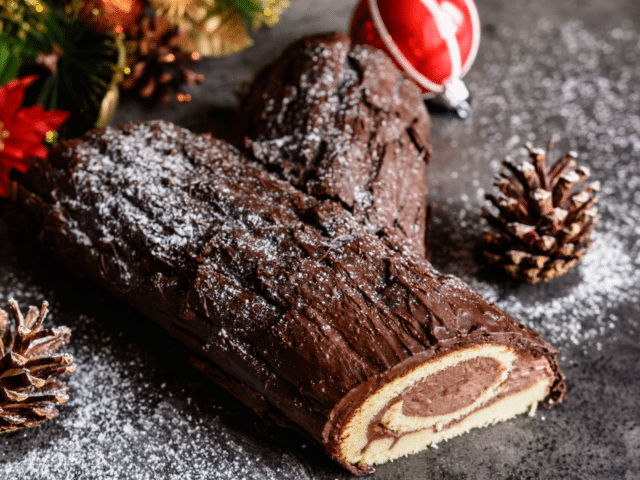
Carolina Mayhew – Brazil
Due to the hot weather, evenings are much more lively… so most Christian families tend to choose to do their celebrations on Christmas Eve.
After a big roast meal (not very different from the UK traditional Christmas meal) and lots of bubbles and wine, comes the gift swap. Then the youngsters have a big dance/music/clubbing party to go to with their friends that starts at around 1-2 am and goes on till 6-7 am. The following day (Christmas Day), there would be lunch with the other side of the family.

